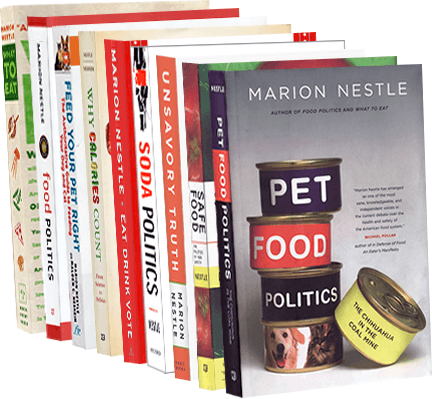“Energy” drinks: caffeine + alcohol = trouble
I’ve been doing some writing about alcohol labeling lately and was surprised to see a Joose flavored malt beverage (translation: beer) in a local Duane-Reade drug store. Its label said it contained caffeine, taurine, and ginseng, ingredients not usually found in beer.
But what really surprised me was the alcohol content–9.9%–displayed in three places on the label.
This is twice the alcohol content of many beers. Alcohol beverages are regulated by the Treasury Department which does not require alcohol contents to be listed on beer labels. So this was a voluntary disclosure that could have only one purpose: marketing the higher alcohol content.
So I have been following the current furor about the effects of the Four Loko brand on the health and welfare of college drinkers. Four Loko, in case you missed it, has sent students at several colleges to emergency rooms with extreme alcohol toxicity.
The New York Times quoted Peter Mercer, President of Ramapo College in New Jersey, one of the places where six students drank themselves into a stupor. One of the students had a blood alcohol level of .40, which is twice the concentration needed to stupify. Ramapo has now banned the beverage from campus.
I do not see any socially redeeming purpose being served by these beverages….At the end of the day, they’re aimed at a young, inexperienced market for the purpose of enabling them to become rapidly intoxicated.
The Times’ Frank Bruni did a tasting experiment:
And what I quickly came to see was that if you set out to engineer a booze delivery system that is as cloying, deceptive and divorced from the usual smells, tastes and presentation of alcohol as possible, you’d be hard pressed to come up with something more impressive than Four Loko. It’s a malt liquor in confectionary drag.
Bruni’s conclusion:
Four Loko is all stealth: spoonfuls of sugar to help the medicines go down. Until I felt a slight flush in my cheeks and subtle tingling on my scalp, I could have convinced myself that I was drinking candy. It wasn’t to my liking, but then neither are jelly beans. Spike a satchel of those with both an intoxicant and a stimulant, and Four Loko might have some fierce new competition.
None of this is news, really. The Marin Institute, which calls itself the “Alcohol Industry Watchdog,” has been writing about the dangers of caffeinated alcohol beverages to young drinkers since the products were first released.
In its report, “Alcohol, energy drinks, and youth: a dangerous mix,” the Institute summarizes the hazards:
- The products are designed to look like non-alcoholic versions.
- Sometimes the alcoholic and non-alcoholic versions are indistinguishable except for the Nutrition Facts label on the non-alcoholic varieties.
- The effects of alcohol are masked by the sugar and caffeine.
- They are marketed to make kids drunk.
And now comes an investigative report that Four Loko did a major spin on its social media to remove all traces of evidence that the company, Phusion Products, was promoting it as a party drink. My favorite part of this report is a conversation between the reporter and Chris Hunter, a lawyer for Four Loko.
When Hunter objected to me calling Four Loko an energy drink, I pointed out that I had read the language directly from Phusion Projects’ website. Silence followed. I read him parts of the phrasing from the now-changed company profile (“three college friends from The Ohio State University noticed the growing popularity of mixing alcoholic and energy drinks, like Red Bull and vodka, and decided to create a beverage company of their own”).
“Okay, no worries,” he answered.
I then pointed out that the language is now different on the page.
“No worries,” he said again.
So it’s not an energy drink?
“No, this is a caffeinated alcoholic beverage.”
As for caffeine, its effects when combined with alcohol are considered serious enough to merit creation of a new journal, the Journal of Caffeine Research: The International Multidisciplinary Journal of Caffeine Science. The journal will be devoting much attention to the role of caffeine in alcohol energy drinks.
Thanks to Michele Simon of the Marin Institute for alerting me to much of this.
Addition: Michele points to Phusion’s defensive posting explaining why its products are safe and acceptable. Its comment of FDA vs TTB Treasury Department) regulation is an indication of the messy way in which alcohol beverages are regulated. TTB regulates the labels in an exceptionally complex way, with many inconsistencies and exceptions. FDA regulates one category of wines (less than 7% alcohol) and beers that are made from something other than malted barley. But FDA is also responsible for food additives, no matter where they go. So the caffeine, tauring, and ginseng in Four Loko fall under FDA authority–not that it has done anything about them yet.

